The rich and aromatic flavors of Indonesian satay owe much of their depth to the creamy, nutty peanut sauce that accompanies it. At the heart of this beloved condiment lies a delicate balance of ingredients and techniques, with emulsification playing a pivotal role. Unlike simple mixing, emulsification ensures that the oil from peanuts blends seamlessly with water-based components, creating a smooth, stable sauce that clings perfectly to grilled meat. Mastering this process is both an art and a science, deeply rooted in tradition yet open to innovation.
Indonesian satay peanut sauce, or bumbu kacang, traditionally starts with roasted peanuts ground into a paste. The challenge arises when incorporating liquids like coconut milk, tamarind, or water, as peanuts naturally release oils that resist blending. Without proper emulsification, the sauce can separate, leaving an unappetizing layer of oil on top. Skilled cooks achieve the ideal consistency by slowly introducing liquids while continuously grinding or stirring, often using a mortar and pestle to maintain control over texture. The friction generated during this process helps bind the molecules, resulting in a luxuriously cohesive sauce.
Modern adaptations of this technique have introduced tools like food processors and blenders, which streamline emulsification but require careful attention to speed and timing. Over-processing can cause the peanut butter to become too thin or even bitter due to heat buildup. Some contemporary chefs advocate for a hybrid approach: using machines for initial mixing before finishing by hand to preserve the sauce's authentic character. Regardless of method, the inclusion of emulsifying agents—such as garlic, shallots, or even a touch of sugar—enhances stability by acting as natural binders between oil and water molecules.
The cultural significance of satay sauce extends beyond its technical preparation. In Indonesia, the texture of bumbu kacang often reflects regional pride, with some areas preferring a thicker, coarser consistency while others opt for silky smoothness. Street vendors might prepare large batches in advance, requiring additives like toasted rice flour or palm sugar to extend shelf life without sacrificing quality. Home cooks, meanwhile, prioritize fresh ingredients and adjust ratios based on occasion—a splash of lime juice for brightness, extra chilies for heat, or a dollop of kecap manis for sweetness. Each variation relies on emulsification to harmonize these diverse elements.
Recent culinary experiments have pushed the boundaries of traditional peanut sauce emulsification. Food scientists note that incorporating acidic ingredients early in the process can improve stability, while others explore the use of hydrocolloids like xanthan gum for industrial-scale production. However, purists argue that such innovations risk diluting the sauce's soul. What remains undisputed is the technique's centrality to satay's global appeal—whether served in Jakarta warungs or trendy fusion restaurants abroad, that perfectly emulsified peanut sauce continues to define the dish's identity.
For those attempting homemade satay sauce, patience proves essential. Rushing the emulsification often leads to broken sauces that no amount of vigorous stirring can salvage. A common remedy involves starting with room-temperature ingredients and adding liquids incrementally, allowing each addition to fully incorporate before proceeding. When executed well, the result is a glossy, velvety sauce with layers of flavor that elevate simple skewered meats into something extraordinary. This timeless technique, passed down through generations, encapsulates the ingenuity of Indonesian cuisine—transforming humble peanuts into culinary gold through the alchemy of emulsification.

By /May 26, 2025

By /May 26, 2025

By /May 26, 2025
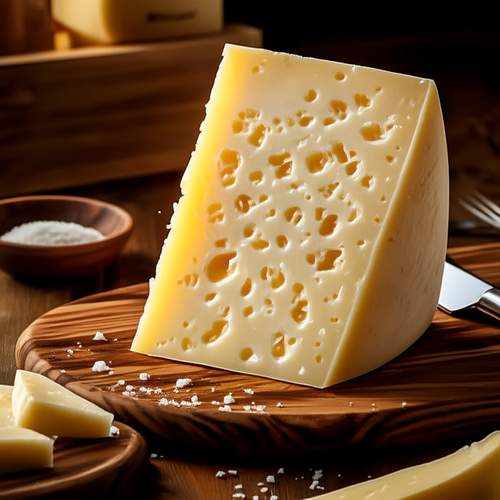
By /May 26, 2025

By /May 26, 2025
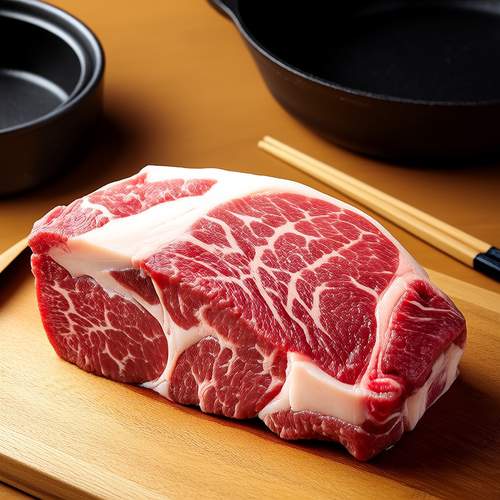
By /May 26, 2025
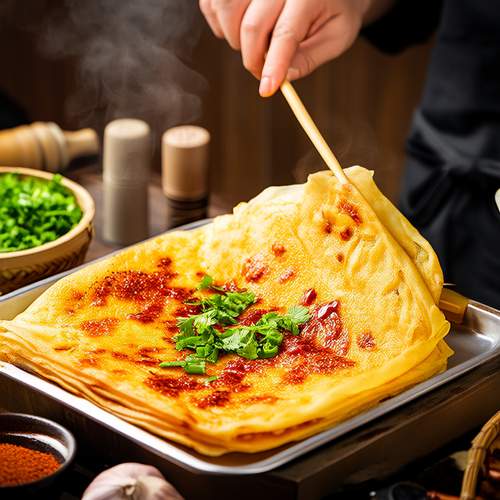
By /May 26, 2025
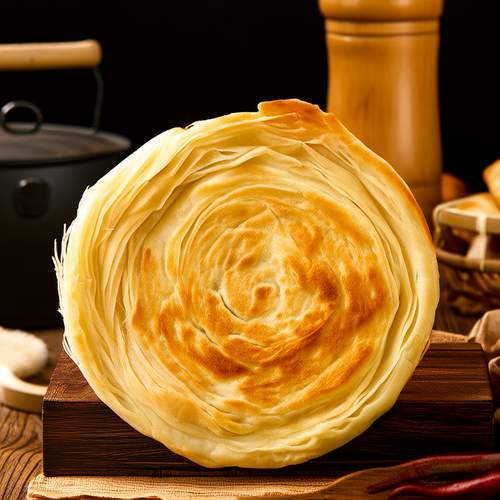
By /May 26, 2025

By /May 26, 2025
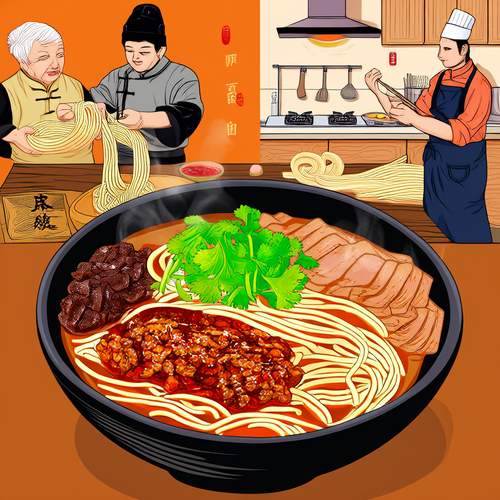
By /May 26, 2025

By /May 26, 2025

By /May 26, 2025
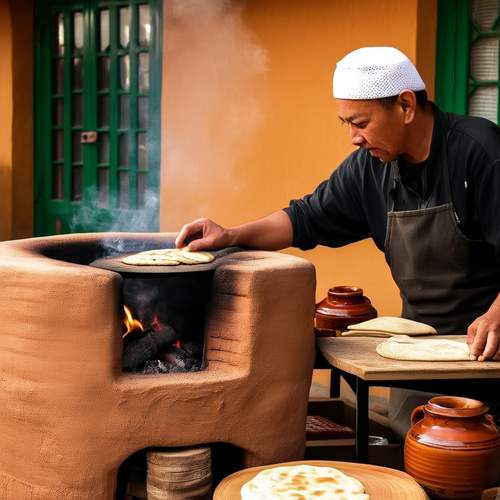
By /May 26, 2025

By /May 26, 2025

By /May 26, 2025
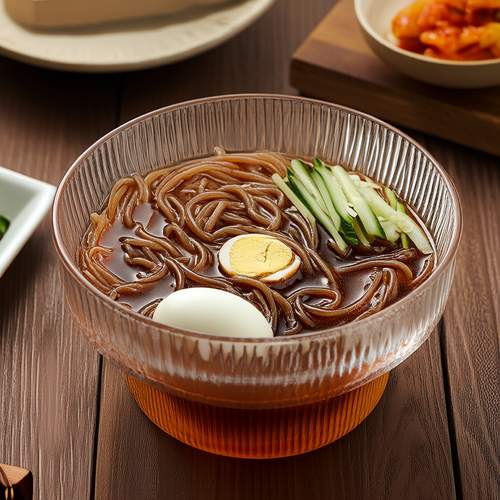
By /May 26, 2025

By /May 26, 2025
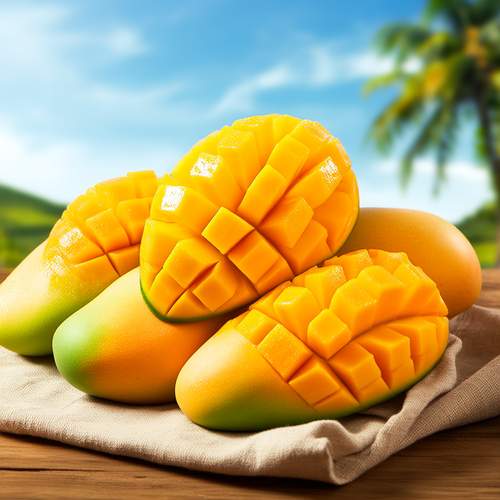
By /May 26, 2025
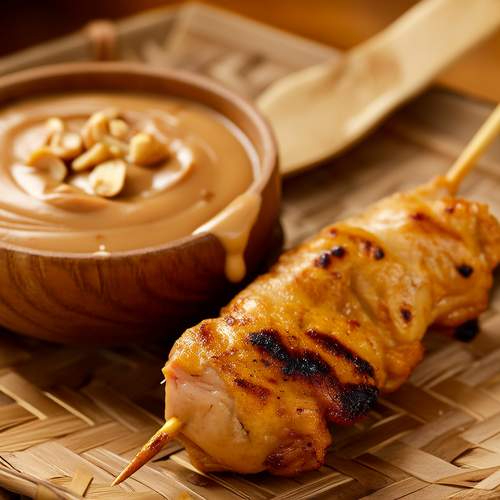
By /May 26, 2025
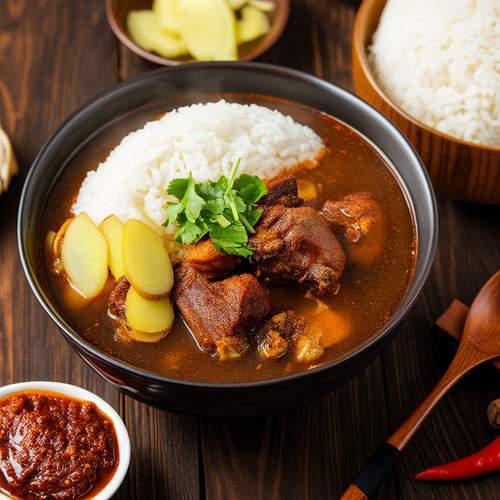
By /May 26, 2025